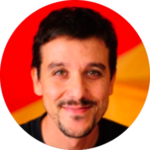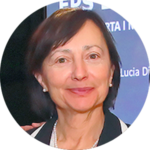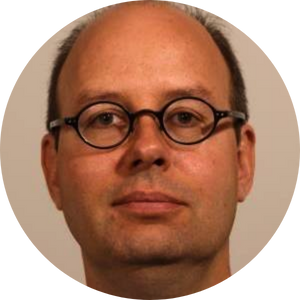Week 1
I will introduce the general physical observables, concepts and layouts of particle physics experiments. The course will also briefly review particle accelerators and their interplay with experiments.
Over the last 20 years, cosmology has become a mature experimental discipline which provides important insights for understanding the fundamental laws of nature. After a brief introduction to modern cosmology, I will focus on the some of the most recent measurements, and on the experimental techniques employed today, or envisaged in the future, to further advance our comprehension of the Universe and its contents.
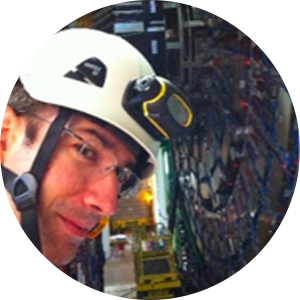
Juan MACIAS-PEREZ
I will address some selected topics from among the most emblematic subjects describing physical observables and how they are measured in astroparticle experiments.

François MONTANET
Week 3
Introduction to machine learning and multivariate discriminants, in particular boosted decision trees and deep neural networks, and their usage in high energy physics.
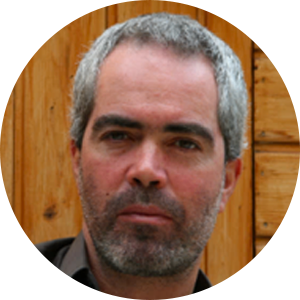
Yann COADOU
Introduction to the concepts and the techniques used in particle energy measurement through total absorption both in high-energy and astroparticle experiments.

Jean‐Baptiste SAUVAN
A state-of-the-art introduction to the detection of muons on colliders, in surface, underground and undersea experiments.
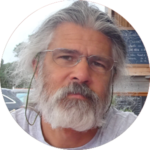
Laurent CHEVALIER
Introduction to the delicate art of identifying particles by carefully combining their recorded signals.
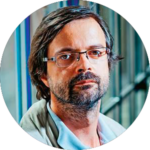
Guillaume UNAL
Microscopic modelling of gaseous detectors
This session provides an introduction to gaseous radiation detectors and the physical principles on which they operate. It includes a hands-on activity showing how to simulate a gaseous electron multiplier (GEM) using the Garfield++ software.

Josh RENNER – Rob VEENHOF
Resistive Plate Chambers
The RPC laboratory has the aim to introduce the students to gaseous detectors, in particular to Resistive Plate Chamber (RPC) detector technology. RPCs are extensively used in ATLAS, CMS and ALICE experiments. In the laboratory experience, the students will learn how a signal develops in a gaseous detector and afterwards they will analyze these signals to extract some important information about detector performance. To conclude the laboratory, a particular attention will also be dedicated to the choice of the gases used and an analyse of the gas mixture will be performed with a gas chromatograph.

Béatrice MANDELLI – Roberto GUIDA
Week 2
An in-depth introduction of how particles interact with matter and thereby induce detectable signals.
A useful lecture to master the concepts and physical quantities which are at stake when measuring radiation exposure for human protection and experimental equipment hardness.

Helmut VINCKE

François MONTANET
Introduction to the concepts and the techniques used to measure charged particle tracks in various environments, on particle colliders or in space.
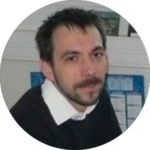
Jérôme BAUDOT
Week 4
An introduction to the general concepts of detector simulation, Monte-Carlo methods, illustrated by the use of Geant 4.
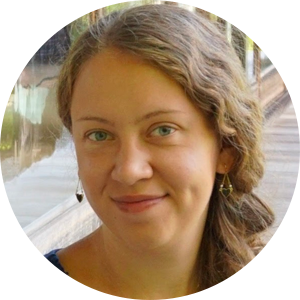
Anna ZABOROWSKA
A practical introduction to C++ object-oriented programming, the reference language in high-energy physics computing.

Eric CHABERT
These sessions will help students acquire the basic technical skills in computing, in particular in C++ programming, G4 simulation, data analysis with ROOT, etc …


Eric CHABERT & Eric CONTE
Week 5
After a brief presentation of the general features of detectors, this course will describe all the modern technologies of particle detection including :
Gaseous detectors; scintillation detectors; low temperature detectors; semiconductor detectors; noble liquid detectors; new generation detectors.
There are no detectors without great electronics. In some cases, electronics and detectors are integrated on monolithic chips. This course will introduce the fundamental notions which experimental particle physicists need to know to design a detector.

Daniel DZAHINI
Triggering and data acquisition is a key feature of many physics experiments. This course will start with event triggering and then explore several key components in use in modern data acquisition systems (Trigger, TDAQ software , FPGA , VME and modular electronics).
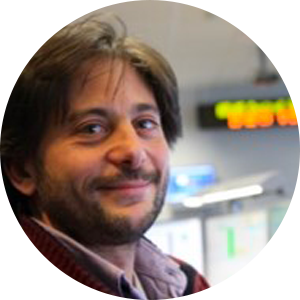
Enrico PASQUALUCCI
During this lecture the student is introduced to the main concepts that describe a trigger system in a HEP experiment.
Both during the design and the operation of an experiment, the trigger system must be adapted to the physics requirements of the experiment and to the detector conditions, so that it is critical important to measure all these parameters and their correlations. In the second part of the lecture, the students are guided through those steps needed to build a trigger system, from the simplest one can immagine, to the more complex apparatus, like those working at the LHC. The support of the technology evolution to modern trigger systems is also enlightened so that engineering students can be attracted as well.
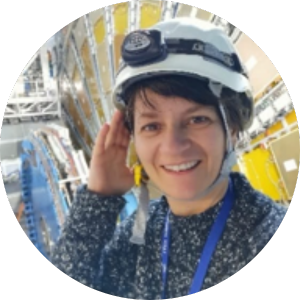
Week 7
Superconducting magnets are among the first choice components in a collider experiment. They are also some of the most difficult parts to build and indeed some of the most expensive ones as well. The engineering knowledge of how to build big magnets such as the CMS solenoid or the ATLAS toroids is only mastered by a few labs in Europe. This course will introduce the physics and the technology of superconductivity. It will be exemplified by the ATLAS and CMS superconducting magnets.

Hermann TEN KATE
Additive or 3D printing has become a prototype production technique in many domains. It helps produce mechanical parts for detectors that would be almost impossible to machine using more traditional techniques.
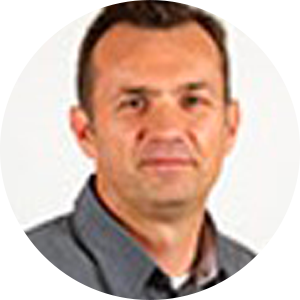
Marc KRAUTH
C++ has become the reference object-oriented language in particle and astroparticle computing. After a very brief reminder, students will be brought to some of the most advanced programming notions in C++ with practical exercises.

Sebastien PONCE
Python is one of the most popular scripting languages. It is heavily used by LHC experiments in their software. Python can be freely installed on all computing plate-forms. Lots of free licence Python packages can be found on the web to solve many computing problems including formal calculation. This lecture will introduce the bases of Python programming.
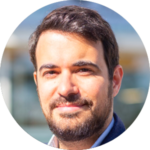
Karolos POTAMIANOS
Lab sessions at CERN in Meyrin, Switzerland
- DAQ Lab
- Lecture and hands-on on composite materials
Week 6
Data handling is one of the key domains to master in order to more efficiently understand how data are technically analysed in big scientific projects. Students will learn the key concepts and technologies used to set a data server.
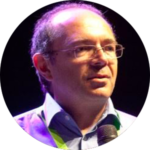 Alberto PACE
Alberto PACE
This course will be given by a member of the CERN project office. The method developed here is adapted to big scientific projects in particle and astroparticle physics. As an exercise, students will have to work on planning & organising a project.

Thijs WIJNANDS
Visits and lab sessions at LPSC and ILL in Grenoble, France
- GHEAD
- Magnometry for nEDM measurement
- Diamond detectors
Week 8
All particle detection techniques have medical applications : positron emission tomography, single photon emission computed tomography … Compared to lab experiments, medical imaging instruments are operated in a different context by medical doctors and medical physicists who have developed an appropriate language and set of technical features.
The course will introduce students to the world of radiotherapy and medical imaging making connections with particle detectors.
Students will work in groups on a design project for a medical application and present it at the end of the week.

Jean‐François ADAM
Objective: Prepare and work on an experimental project proposal based on particle detectors

